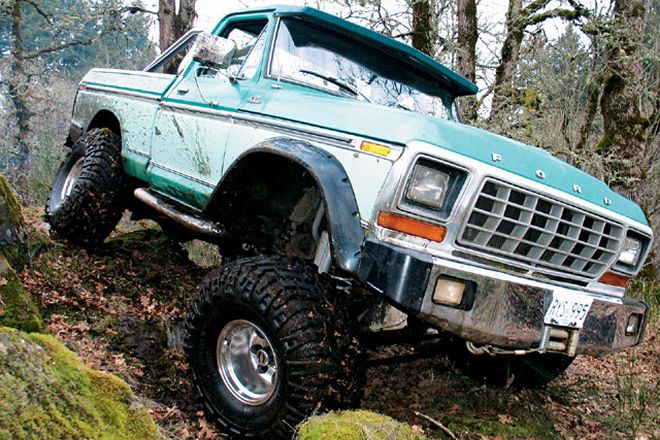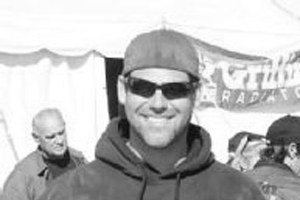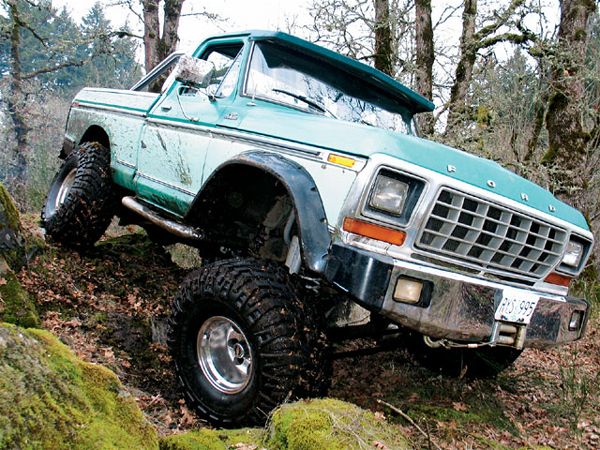
 Jerrod Jones
Former Editor, Off Road
Jerrod Jones
Former Editor, Off Road

Too many times we see suspension companies concentrate on brand-new trucks instead of the old ones that most of us actually wheel. They are concerned with having the best kit for the newesttruck at the next SEMA show. The new truck owner is willing to spend lots of dough to get something that drives nicely on the highway, and usually isn't too interested in how it works off road. The old truck owner is a cheap bastard looking for something he can abuse, thrash on, and make perform in extreme situations. Gee, which guy would you want to build suspensions for?
The problem with all this is that it leaves old truck owners with 20-year-old technology or demands that custom suspensions be cut and fabbed. CAGE Off-Road saw the need for some hard-core, up-to-date suspension kits for guys who like to wheel, and over the last couple of years has brought out some competitively priced kits with some hard-core parts.
CAGE has been known for its early ('66-'77) Bronco kits and '05-'08 Super Duty kits, but when we found out the company had a kit for the '78-'79 Bronco and F-150 with progressive-rate coil springs for around $150 per pair, we knew we had to take a look.
Though CAGE does have rear leaf springs ready and available, the owner of this truck had a lot of '80s derived suspension ideas implemented in back, and we felt it best not to give you any bad ideas, so just imagine a new leaf spring and shock combo in your head. They bolt up in the factory spots, the same as the factory equipment.







